Pets In Apartments
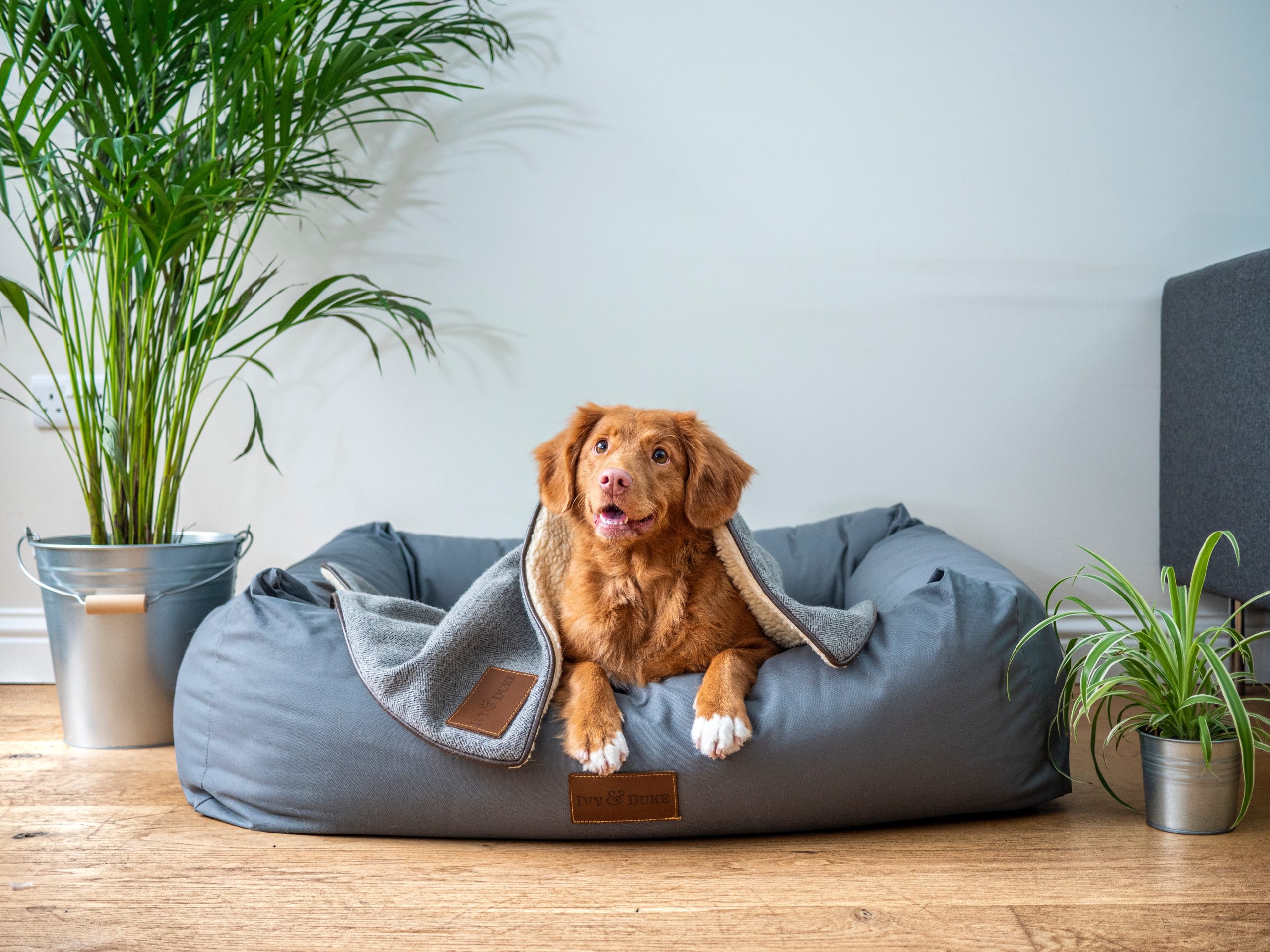
Food Types to Avoid if You Own a Pet in an Apartment.
The dietary needs of pets can vary based on their species, breed, and lifestyle. Living in an apartment can present unique challenges in feeding your pets, especially in terms of space, storage, and smell.
Certain foods can have adverse effects on your pet’s health and should be avoided regardless of your living situation.
Avoid Foods That are Harmful to Your Pet’s Health
Certain foods, while harmless or even beneficial to humans, can be detrimental to your pet’s health. Hence, it’s important to be aware of these foods and ensure they’re kept out of your pet’s reach.
Foods Toxic to Pets
There are many foods that are toxic to pets, some of which are commonplace in our homes. Among these are:
- Chocolate and Caffeine: Both substances contain theobromine and caffeine, which can be harmful to pets, especially dogs and cats. They can cause vomiting, diarrhea, irregular heart rhythm, and even death in severe cases.
- Grapes and Raisins: These can cause kidney failure in dogs and potentially cats. Even small amounts can make your pet sick.
- Onions and Garlic: These foods can cause damage to your pet’s red blood cells, leading to anemia. This is particularly true for cats and dogs.
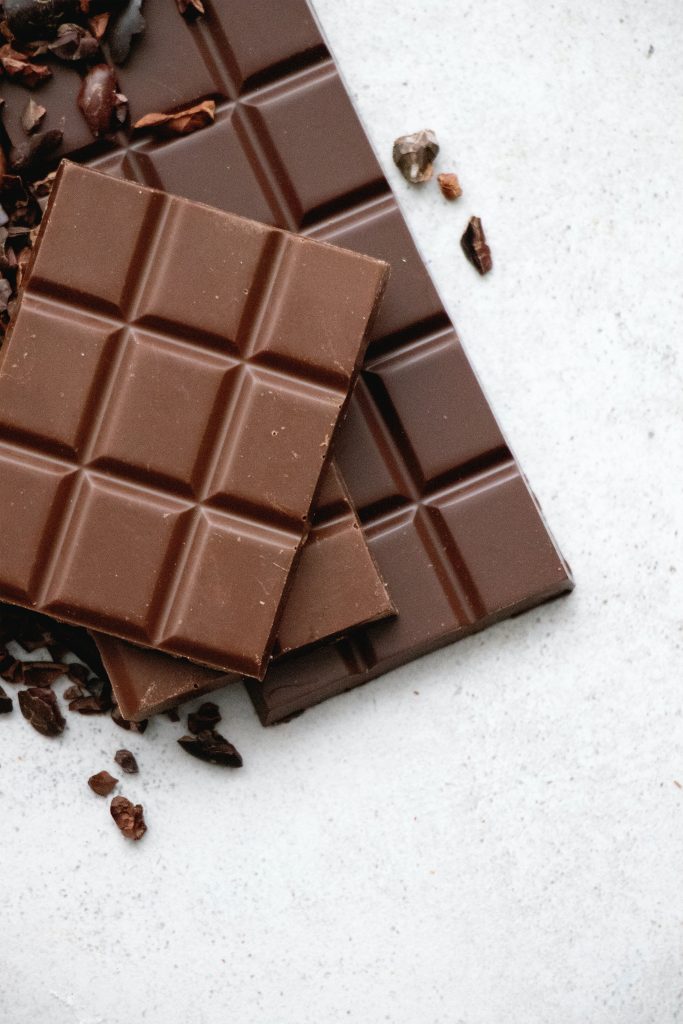
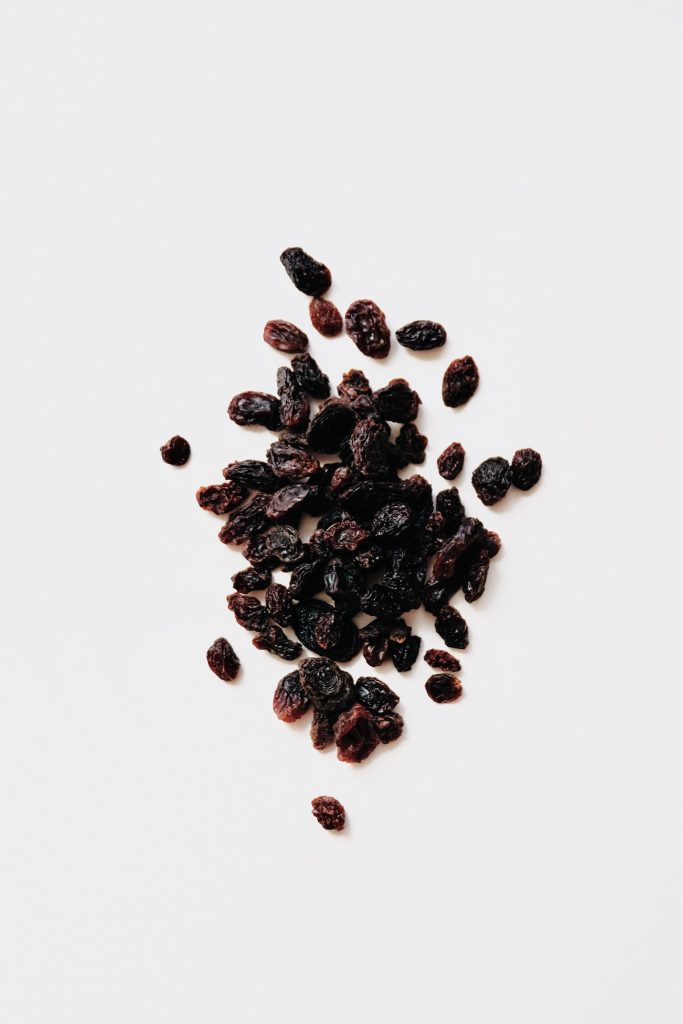
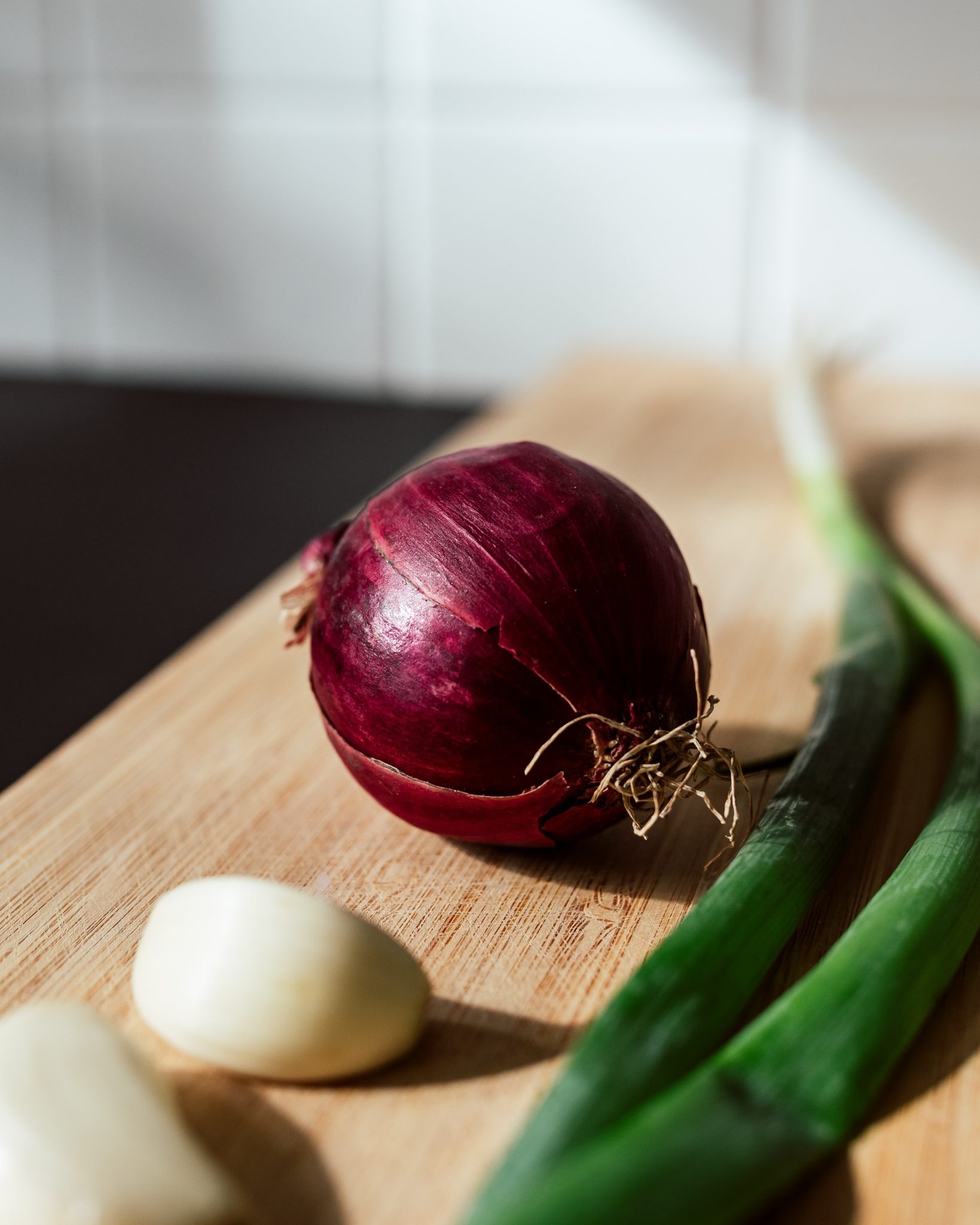
Avoid High-Fat Foods
High-fat foods can lead to pancreatitis in pets, especially dogs. Pancreatitis is a painful condition that can be serious or even fatal. Foods such as bacon, ham, and other fatty meats should be avoided.
No Alcohol or Yeast Dough
Alcohol and foods containing alcohol can cause vomiting, diarrhea, decreased coordination, central nervous system depression, and breathing difficulties in pets. Similarly, yeast dough can lead to painful gas and potentially dangerous bloating.
Manage Your Pet Food Storage Wisely
In an apartment, space is often at a premium. Storing pet food can be a challenge, but it’s important to do so correctly to prevent spoilage and infestations.
Use Airtight Containers
Using airtight containers for storing pet food can help keep it fresh and prevent it from attracting pests. This is particularly important for dry food, which can quickly become stale or infested if not stored properly.
Store in Cool, Dry Place
Pet food should be stored in a cool, dry place to prevent the growth of mold and bacteria. High temperatures and humidity can also degrade the quality of the food, impacting its nutritional value.
Avoid Bulk Buying
While it might be tempting to save money by buying in bulk, it may not be the best choice when living in an apartment. Not only does it require more storage space, but the food may also spoil before your pet can finish it.
Understand the Transition from Soaked to Adult Food
One of the most important aspects of puppy care is ensuring that their dietary needs are met appropriately as they grow and develop.
This includes knowing when and how to transition from soaked puppy food to adult dog food. This transition is a crucial part of your puppy’s journey towards adulthood.
However, it’s not simply a matter of age; the breed, growth rate, and overall development of your puppy also factor significantly into this decision.
Let’s delve deeper into recognizing the right time for the transition, the process of a gradual transition, and the importance of monitoring your puppy’s health throughout this dietary change.
Recognise the Right Time
Knowing when to start the transition from soaked puppy food to adult dog food is integral to your puppy’s wellbeing. Typically, this transition should begin when your puppy reaches about 80% of their expected adult size. This developmental stage isn’t necessarily tied to a specific age, as different breeds grow at different rates. Here’s a general guide:
- Small to medium breeds – These breeds usually reach their adult size between 9 to 12 months of age. Thus, you can start the transition around 7 to 9 months.
- Large breeds – Larger breeds like Great Danes or Bernese Mountain Dogs may continue growing until they are 2 years old. In these cases, transitioning might be more appropriate at around 12 to 18 months.
Keep in mind, these are only general guidelines. It’s always best to consult with your vet for breed-specific advice.
Gradual Transition
The transition from soaked puppy food to adult dog food shouldn’t be abrupt. A sudden change in diet can upset your puppy’s digestive system, leading to problems like diarrhea or vomiting. To avoid these issues, the transition should be gradual and spread over a week or two:
- Start Small: Begin by mixing a small amount of adult dog food into the soaked puppy food. This mix should be around 75% puppy food and 25% adult food.
- Increase Gradually: Over the next 7 to 10 days, gradually increase the amount of adult food while decreasing the amount of puppy food. Aim to increase the adult food proportion by about 25% every 2-3 days.
- Monitor Tolerance: Keep an eye on your puppy’s reaction to the new food. If they’re digesting it well and seem to enjoy it, you’re on the right track.
Monitor Your Puppy’s Health
During this transition, it’s crucial to keep a close watch on your puppy’s health. The introduction of new food could cause changes in their weight, digestion, and overall demeanor. Here are some points to consider:
- Weight Changes: If your puppy is losing or gaining weight rapidly during the transition, it might be an indication that the new food is not suiting them.
- Digestive Issues: Digestive problems such as diarrhea, constipation, or excessive gas could indicate that the transition is happening too fast or the adult food is not suitable for your puppy.
- Behavioral Changes: Any drastic changes in your puppy’s behavior, like lethargy or loss of appetite, should be noted and discussed with your vet.
Should any of these issues arise, don’t hesitate to consult with your vet. They might recommend slowing down the transition process or trying a different type of adult food.
Transitioning your puppy from soaked food to adult food is a significant milestone in their life. Recognizing the right time, ensuring a gradual transition, and closely monitoring your puppy’s health throughout the process will contribute to a smooth and successful dietary change. By taking these steps, you will be supporting your puppy’s journey towards
Endnote
Owning a pet in an apartment requires some careful considerations regarding their diet.
Avoid foods that are harmful to your pet’s health, manage your pet food storage wisely to maintain freshness and prevent infestations, and understand the right time and method to transition your puppy from soaked to adult food.
With these tips in mind, you can ensure your pet remains healthy and happy in their apartment home.
Next time you go away would you prefer care for your pooch with a carefully-screened, fully-supported dog minder? See more information here.
Recommended Posts
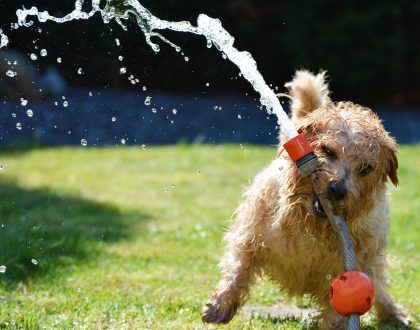
Hot weather and your dog
January 05, 2024
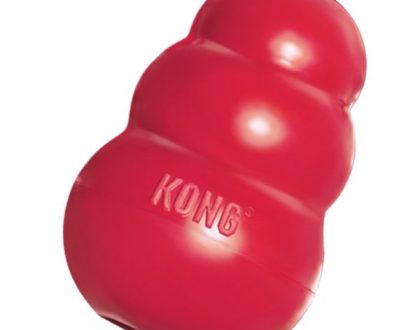
Frozen Kong recipes
January 05, 2024
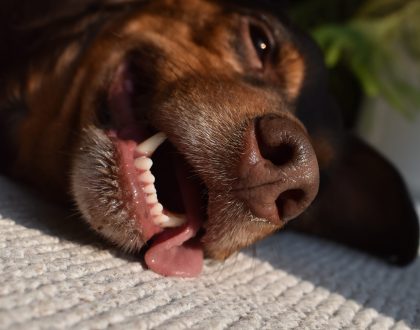
Doggy ice blocks
January 05, 2024

